The mountains where Neanderthals forever changed human genetics
Strange Maps
OCTOBER 3, 2024
The genomes of most modern humans contain up to 4% Neanderthal DNA. Many modern humans have some admixture of Neanderthal DNA, an indication that Homo sapiens and Homo neanderthalensis knew one another, also in the Biblical sense. This article The mountains where Neanderthals forever changed human genetics is featured on Big Think.












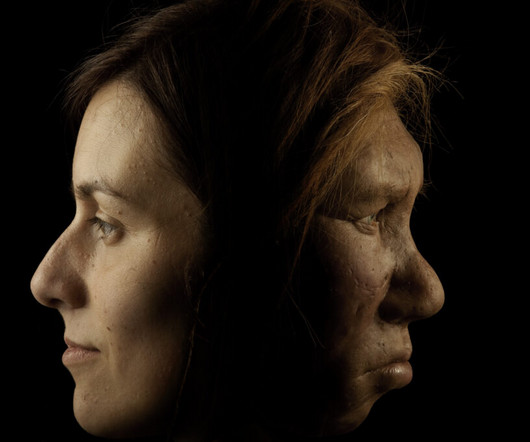


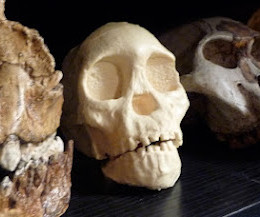



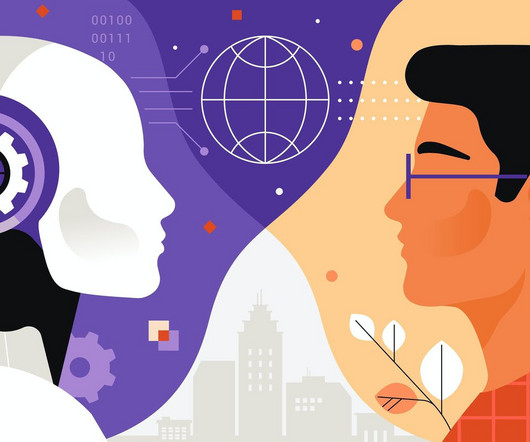


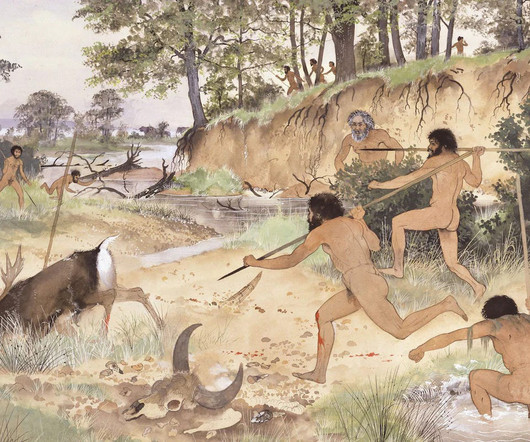













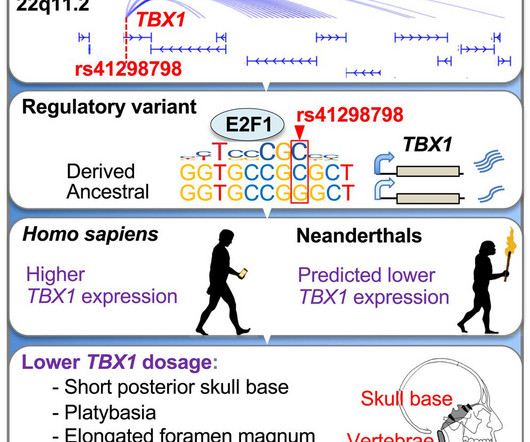




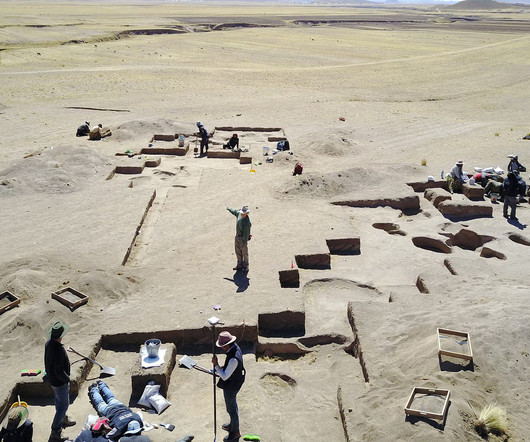

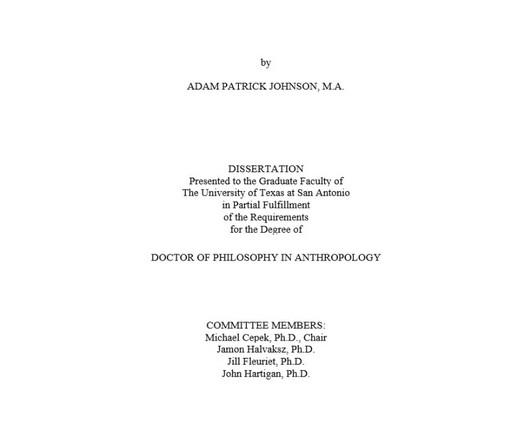







Let's personalize your content